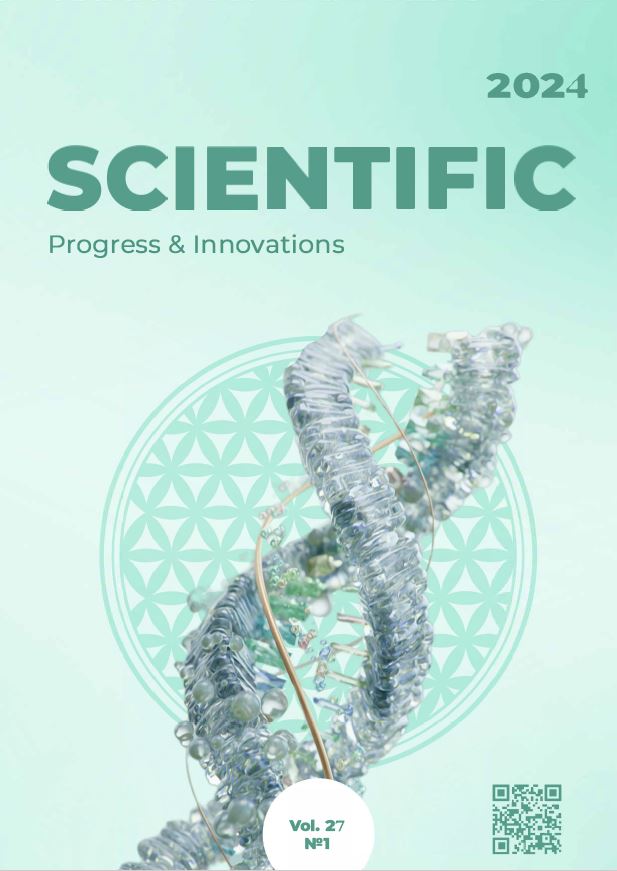Diagnostic efficiency of modern parasitology methods of coproovoscopy for heteracosis of chicken
DOI:
https://doi.org/10.31210/spi2024.27.01.19Keywords:
parasitology, chickens, heteracosis, methods of coproovoscopy, flotation, lifelong diagnosis, efficiencyAbstract
One of the links of successful fight against and prevention of nematodoses of chickens is timely lifelong laboratory diagnostics, which is based on the detection of parasite eggs in copro tests. Among the priorities are flotation methods, the essence of which is the use of solutions with a high specific gravity, which causes nematode eggs to float to the surface of the flotation liquid. The effectiveness of these methods depends on the composition of the flotation liquid and the specific gravity of the eggs of the causative agents of nematodoses. The aim of the research was to establish the diagnostic efficiency of modern coproovoscopy methods for heteracosis in chickens. Four flotation methods were tested under experimental conditions, namely: Kotelnikov-Khrenovʼs (using a solution of ammonium nitrate), Dakhnoʼs (using bischofite), Natiahlaʼs (using a mixture of sugar and sodium chloride solutions), and Starodubʼs (using a mixture of sugar and sodium chloride solutions) calcium nitrate) for exposures of 10, 15, 20 and 25 minutes. The conducted studies have established that the most effective method for heteracosis of chickens was the Starodubʼs method, where the average number of nematode eggs detected in 1 g of feces was 79.2 specimens after exposure for 25 minutes. (with fluctuations from 60 to 120 eggs/g). This method, with exposure of 25 minutes, turned out to be more effective than Natiahlaʼs method by 16.41 % (infestation intensity – 66.2 eggs/g for fluctuations from 40 to 100 eggs/g), by 30.05 % according to Dakhno’s method (intensity of invasion – 55.4 eggs/g for fluctuations from 24 to 92 eggs/g), according to the Kotelnikov-Khrenov’s method – by 39.9 % (intensity of invasion – 47.6 eggs/g for fluctuations from 36 to 64 eggs/g). It was found that when detecting the eggs of the causative agents of heteracosis of chickens, the diagnostic efficiency of the methods under different exposures (10, 15, 20, 25 min) was according to Starodub’s – 100 %, according to Natiahlaʼs – 100 %, according to Dakhno’s – 95–100 %, according to Kotelnikov-Khrenov’s – 75–100 %. The results of the conducted research proved the expediency and high efficiency of lifetime diagnosis of heteracosis of chickens using a mixture of sugar and calcium nitrate solutions as a flotation liquid, where the exposure time of the studied samples is 25 minutes.
Downloads
Published
Versions
- 2024-03-29 (2)
- 2024-03-29 (1)
How to Cite
Issue
Section
License
Copyright (c) 2024 Scientific Progress & Innovations

This work is licensed under a Creative Commons Attribution 4.0 International License.

 Creative Commons Attribution 4.0 International Licens
Creative Commons Attribution 4.0 International Licens